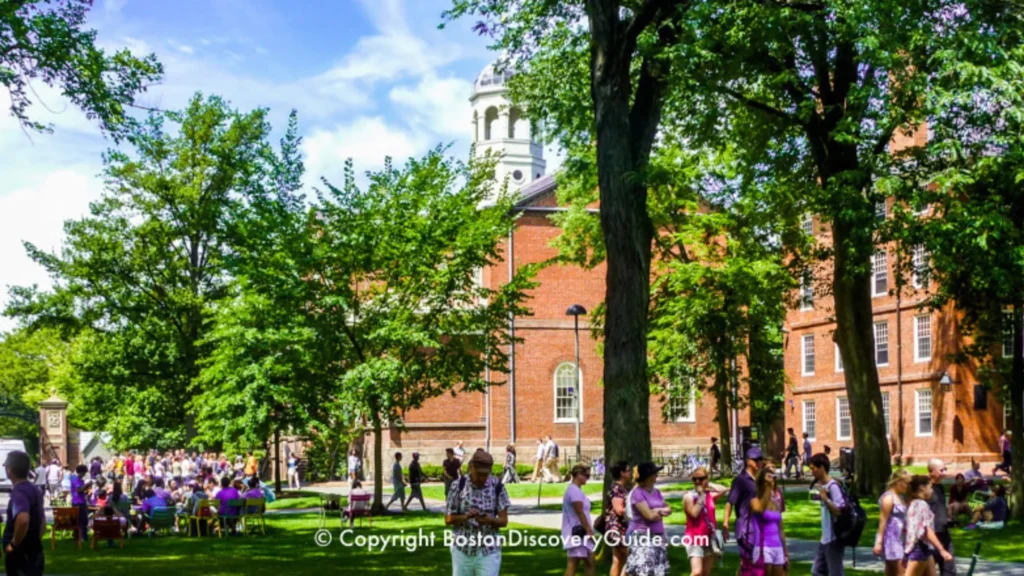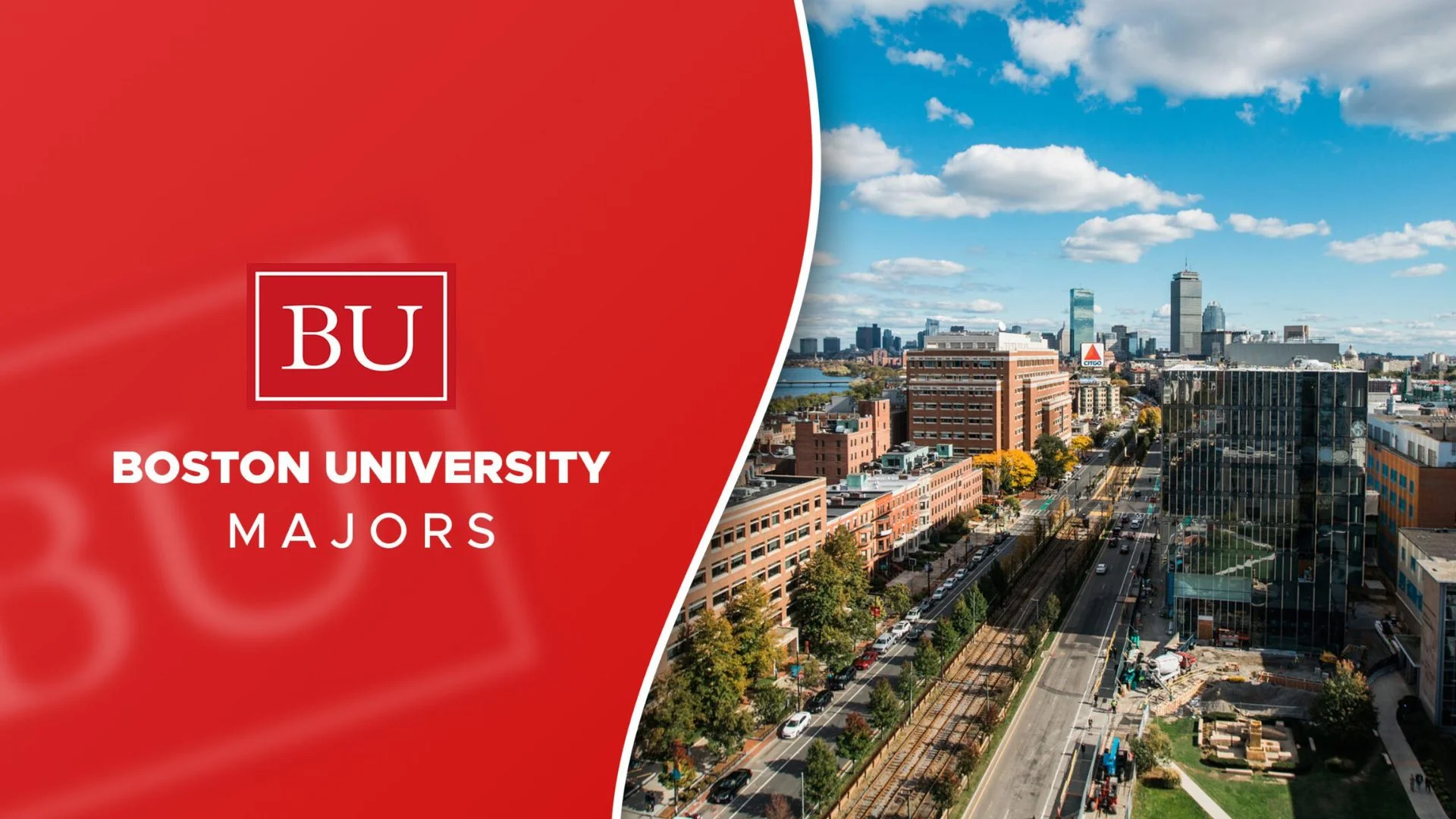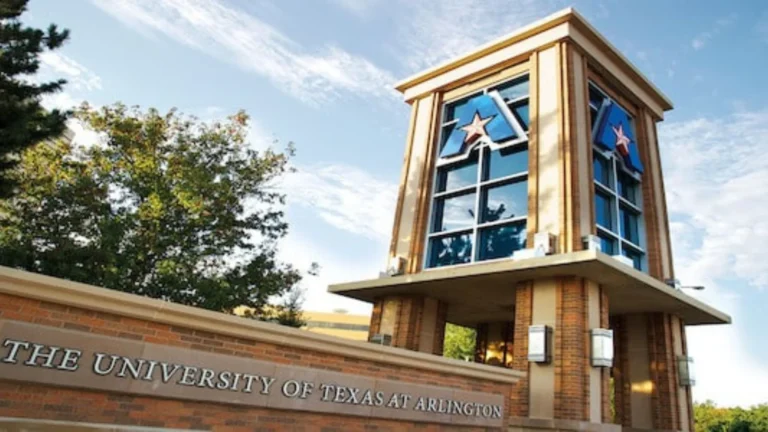A Comprehensive Guide to Boston University
Boston University’s campus sprawls across several neighborhoods in the heart of Boston, which can make finding your way around a bit tricky, especially for new students. The main Charles River Campus is situated along the Charles River, bordered by the Back Bay, Kenmore Square, and the Fenway neighborhoods. This is where the majority of academic buildings, residence halls, and major facilities are located.A Comprehensive Guide to Boston University
To get to the Charles River Campus, there are a few transportation options. The MBTA (Massachusetts Bay Transportation Authority) Green Line has several stops right on campus, including Kent Street, Kenmore, and Boston University Central. These trains run frequently and provide easy access from throughout the city. Many students also opt to take the bus, with several routes stopping at or near campus. For those driving, there are several parking garages and lots available, though they can be quite expensive. The university also offers a free shuttle service, the BU Shuttle or “BUS,” that connects the various parts of campus as well as nearby T stops.
Navigating the Charles River Campus
Once you’re on the Charles River Campus, the layout can still feel a bit labyrinthine, especially for new students. The campus is divided into several distinct areas, each with its own set of buildings and resources.
The College of Arts & Sciences, or CAS, is the largest school on campus and home to many of the university’s core academic departments. Key CAS buildings include the Photonics Center, the College of Arts & Sciences Building, and the Mugar Memorial Library. Just to the west is the School of Management, or SMG, housed in the Rafik B. Hariri Building.
To the north, you’ll find the College of Communication, or COM, including the College of Communication Building and the Boston University Theatre. Heading east, the College of Engineering, or ENG, has several buildings clustered around the Integrated Teaching and Learning Laboratory.
The medical campus, or Medical Campus, is located across the Charles River in the South End neighborhood. This is home to the School of Medicine, School of Public Health,
and Goldman School of Dental Medicine, as well as several research and clinical facilities.
There are also a number of student life hubs and facilities scattered throughout the campus. The George Sherman Union, or GSU, is a central hub for student activities, dining, and the campus bookstore. The Fitness & Recreation Center, known as the FitRec, is a massive gym and recreation complex. And the Student Services Center, or SSC, houses key administrative offices like the Registrar, Financial Assistance, and the Hub.
To help navigate all of these different areas, the university provides campus maps,
both physical and digital, that detail building locations and important facilities. There are also campus information kiosks located at major intersections. And the BU Police Department offers a Campus Escort Service for students who don’t feel comfortable walking alone at night.
Finding Your Way Around
Once you’ve got the general layout of the campus down,
the next step is learning how to actually find your way to specific buildings and rooms. This can be a bit tricky, as the university’s buildings don’t always have the most intuitive or consistent naming conventions.

Many academic buildings are named after notable figures in the university’s history, like the Metcalf Science Center or the Mugar Memorial Library. Others are named for their function, like the College of Communication Building or the School of Law. And some have names that don’t immediately telegraph their purpose,
like the Photonics Center or the Integrated Teaching and Learning Laboratory.
Room numbers can also be confusing, as they don’t always follow a clear pattern. In general, the first digit corresponds to the floor, but after that it can be hit or miss. 213 CAS might be on the second floor, but 407 ENG could be on the fourth.
To help make sense of it all, the university provides detailed building directories,
both online and posted in the lobbies of major buildings. These list all the departments, offices, and resources housed in each facility. There are also digital signs in many buildings that display room locations and directions.
And of course, don’t be afraid to ask for help! The staff at the campus information kiosks and the BU Police Department are always happy to provide directions and guidance. Your professors and academic advisors can also be a great resource, especially when it comes to finding your way around your particular school or college.A Comprehensive Guide to Boston University
Campus Life and Resources
Beyond just navigating the physical campus,
it’s also important to familiarize yourself with the wealth of resources and opportunities available to Boston University students. From academic support to extracurricular activities, there’s no shortage of ways to get involved and enrich your university experience.
Academically, the university offers a vast array of majors, minors, and degree programs across its 17 schools and colleges. In addition to your coursework, you can also take advantage of the many academic support services,
such as peer tutoring, writing assistance, and research guidance. The Kilachand Honors College and the Howard Thurman Center for Common Ground also provide specialized academic and community programming.
Outside the classroom, BU has over 450 student organizations covering a wide range of interests, from cultural clubs to Greek life to intramural sports. There are also numerous leadership development opportunities, including the Student Government Association and the Emerging Leaders Program. And the university’s robust arts and performance scene features everything from student theatrical productions to concerts by world-renowned musicians.
For your health and wellness needs,
the university has a comprehensive Student Health Services center, including primary care, mental health support, and a pharmacy. FitRec, as mentioned earlier, is a state-of-the-art fitness facility with equipment, classes, and recreational sports. And the campus dining options, ranging from dining halls to cafes to food trucks, cater to a variety of dietary preferences and restrictions.
The resources available can feel a bit overwhelming at first, but the university provides plenty of guidance and support to help you navigate it all.
Orientation programs, academic advisors, and the numerous student life offices are all there to help you make the most of your BU experience.
Conclusion
Navigating Boston University’s expansive campus and wealth of resources can certainly feel like a challenge, especially for new students. But with a bit of exploration, resourcefulness, and support from the university community, you’ll be finding your way around like a pro in no time.
By familiarizing yourself with the campus layout,
learning how to locate specific buildings and rooms,
and taking advantage of the myriad academic and extracurricular opportunities,
you’ll be well on your way to a fulfilling and successful Boston University experience.A Comprehensive Guide to Boston University








One Comment